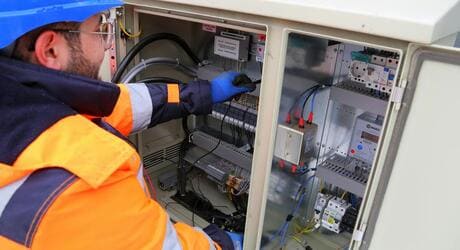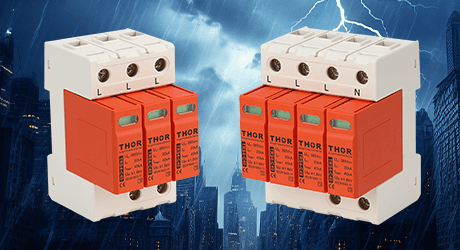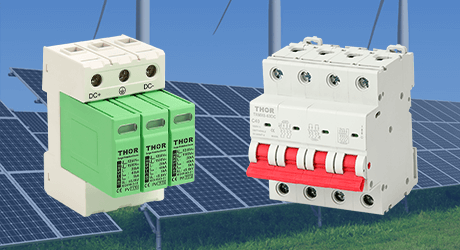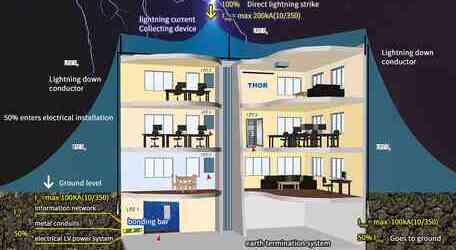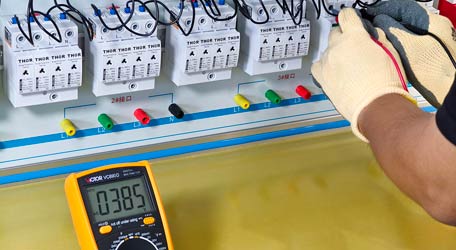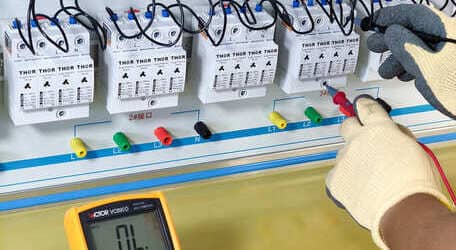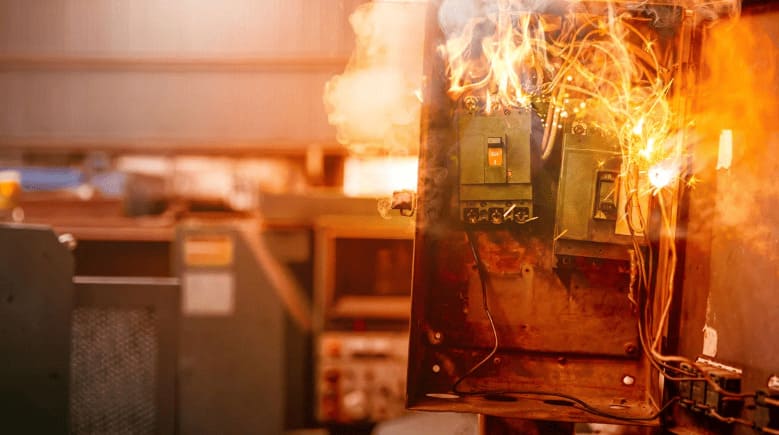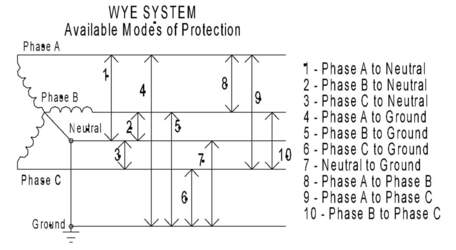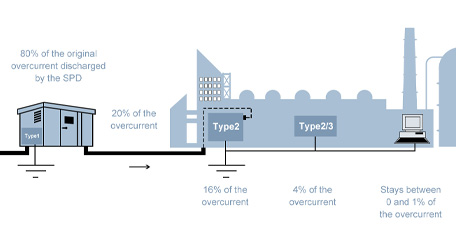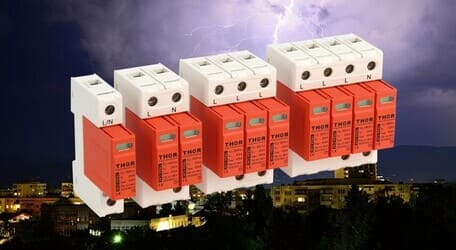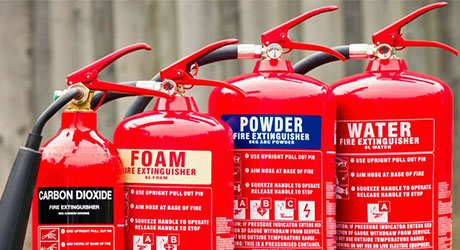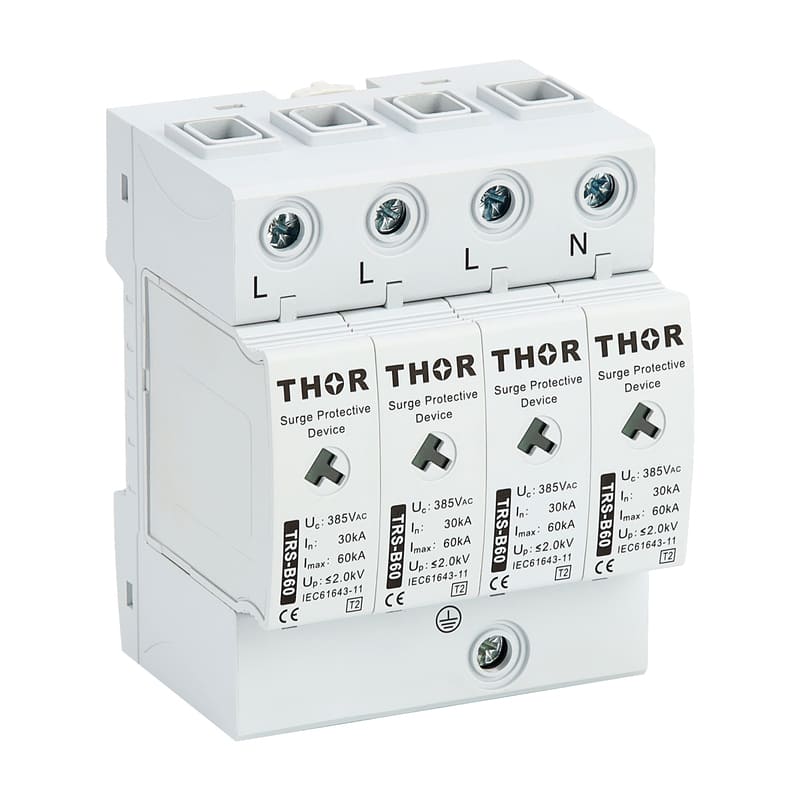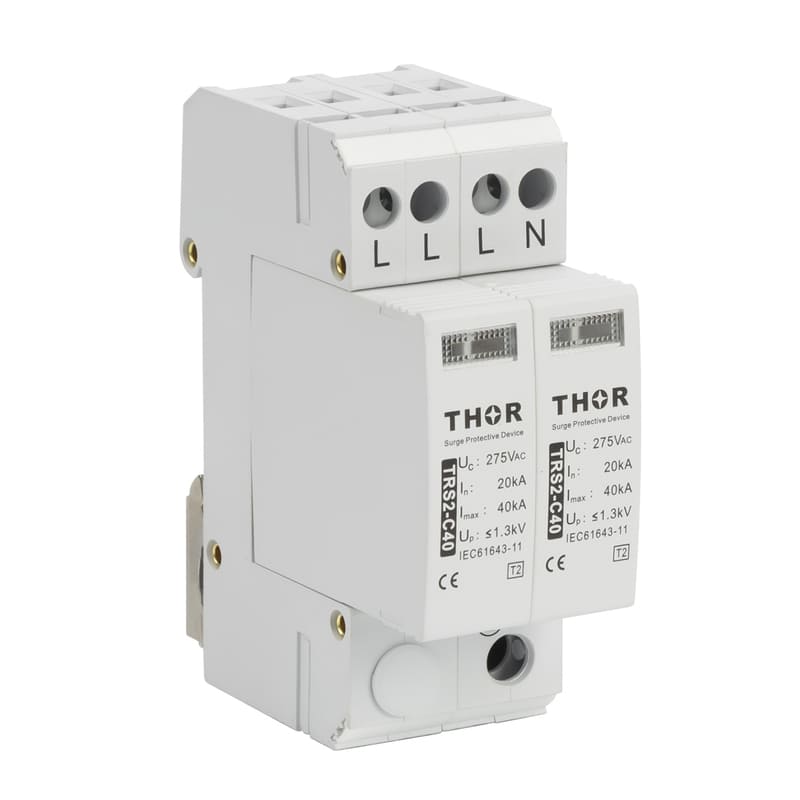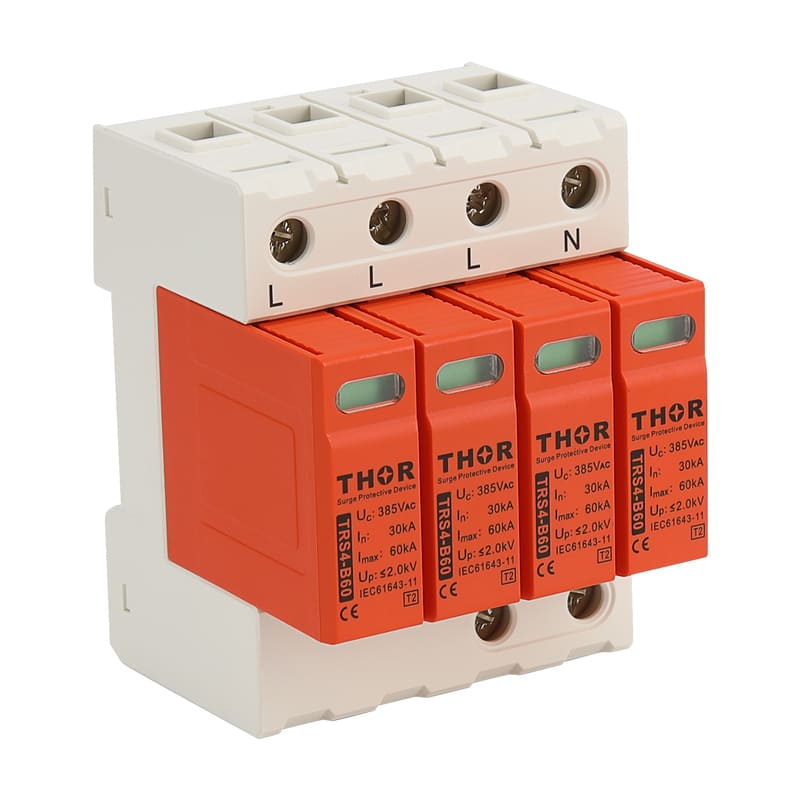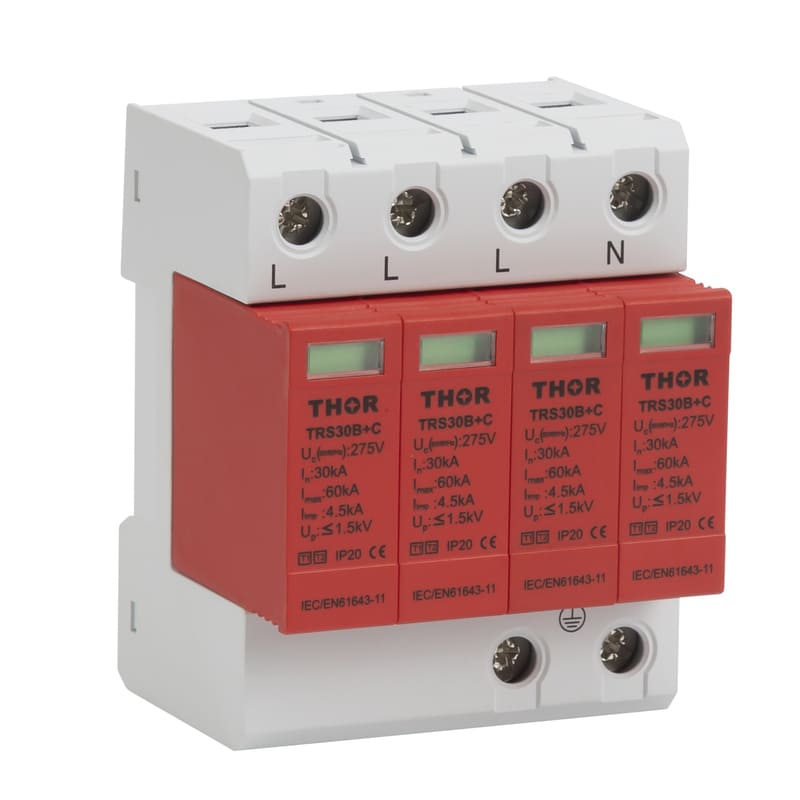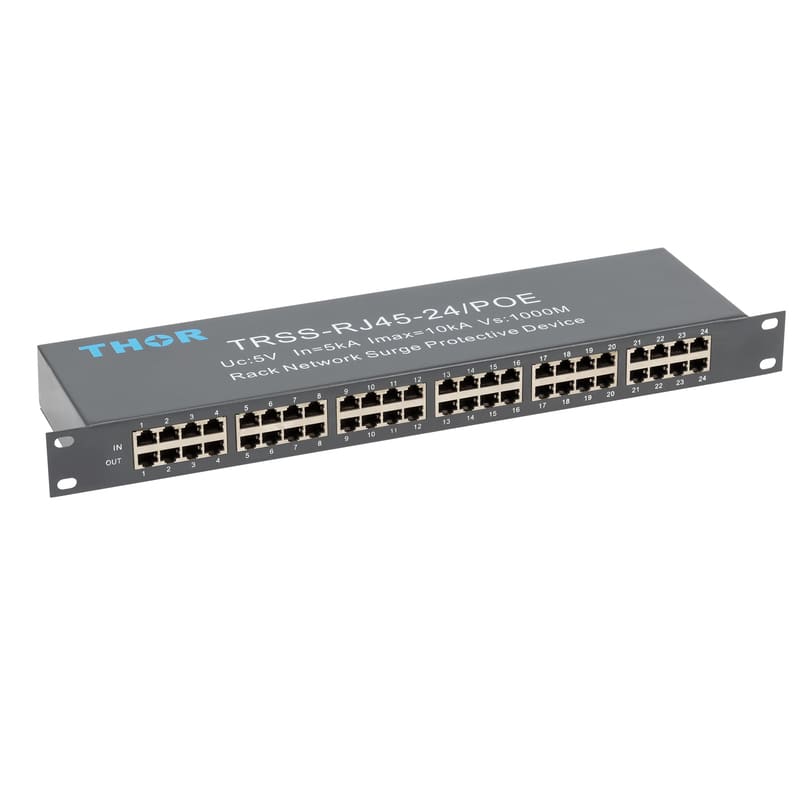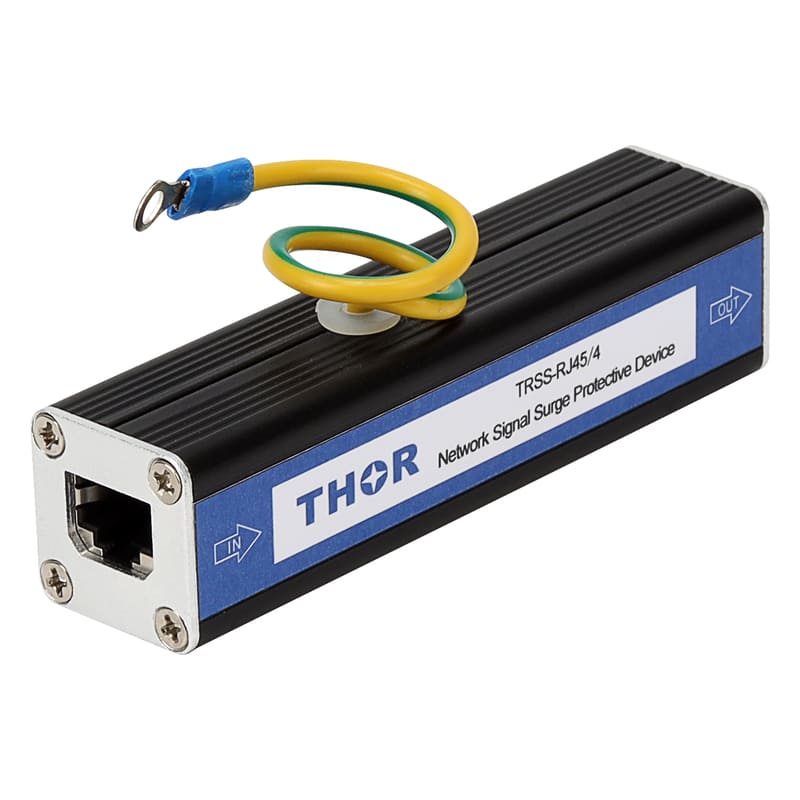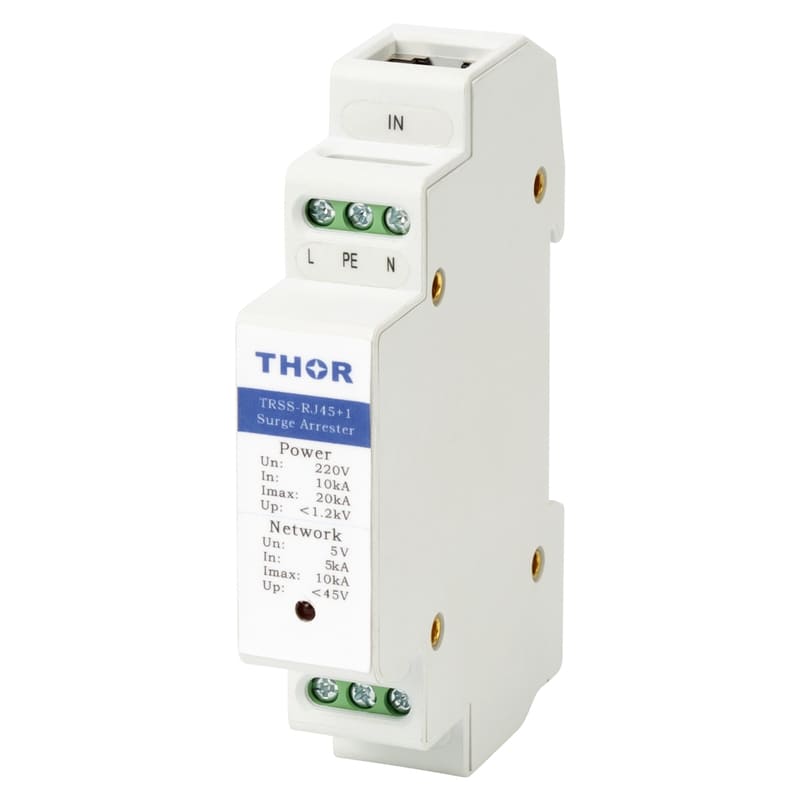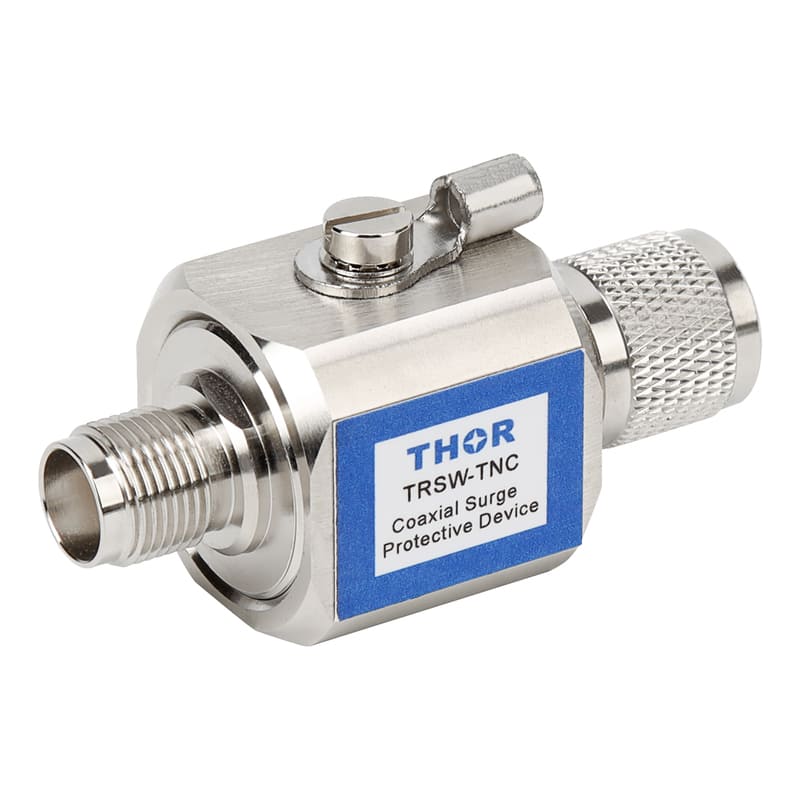The origin and effect of power surges
The subject of EMC is developed from the interference model consisting of interference sources (transmitters), coupling mechanisms (paths) and potentially sensitive devices (receivers).
The following 6 types of interference sources of conductive interference and interference radiation can endanger electrical systems containing sensitive electronic equipment:
(1) Direct and adjacent lightning discharges
Lightning electromagnetic pulse (LEMP): mainly conducted interference, such as lightning current and sub-lightning current, increased potential of the struck system, but also interference radiation.
(2) Switching operation of power system
Operating electromagnetic pulse (SEMP): Mainly conducted interference and magnetic interference radiation.
(3) Disturbance of power system
It is mainly conductive interference with voltage distortion.
(4) electrostatic discharge
(ESD): Mainly the conduction interference of spark discharge.
(5) Low frequency and high frequency transmitters
Cause continuous interference radiation.
(6) Nuclear explosion
Nuclear electromagnetic pulse (NEMP): Interference radiation accompanied by a pulse.
Coupling between a source of interference and a potentially sensitive device can be achieved by conduction and/or radiation (electric, magnetic, or electromagnetic radiation). The coupling path can be described in an equivalent circuit diagram by a combination of resistance and/or capacitance and/or inductance.
Potentially sensitive equipment is an electrical system with electronic equipment and facilities, including telecommunications systems. In lightning protection engineering, from EMC's point of view, venues and sites at risk of fire and explosion are considered to contain potentially sensitive equipment. Such potentially sensitive equipment may be located in (i) commercial areas (such as industrial, trade, commercial, agricultural, banking and insurance buildings); (ii) Public places (e.g. hospitals, venues, air traffic control facilities, museums, churches and sports facilities); (iii) Private premises.

